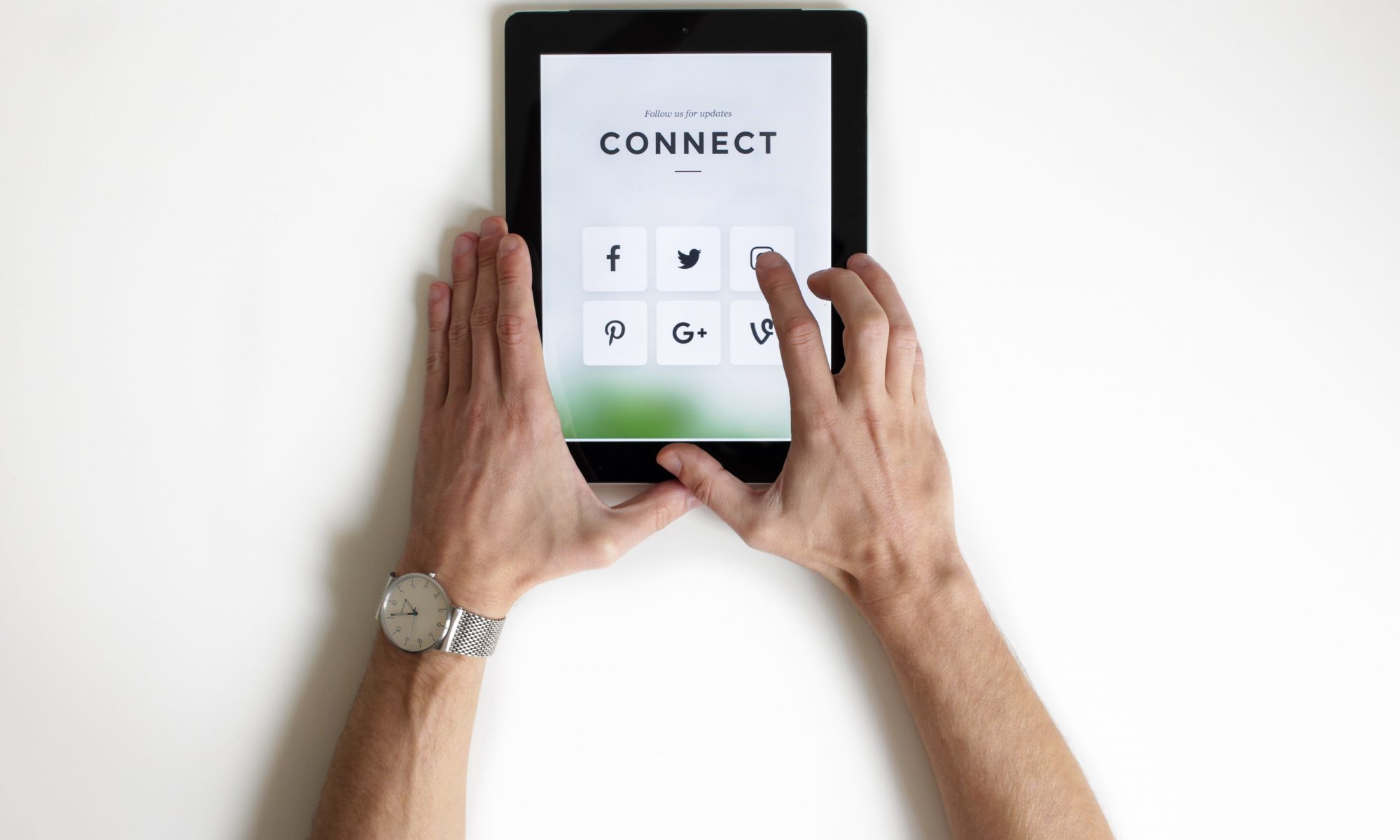We are living at a time of unprecedented access to information.
Anyone with an internet connection can access vast amounts of knowledge with little effort. While this change has had broad implications for society at large, its impact is especially felt in medicine and science. Clinical questions we might encounter on a day to day basis may now be answered with a simple google search. The literature that guides our care has been freed from the physical limitations of traditional medical journals and can now be accessed and referenced with ease. However, a new shift has emerged over the last 10 years or so with the growing influence of social media on nearly every aspect of our lives. The way we use the internet has changed, and with this change have come new conveniences and new complications
I remember the first advice I got when it came to representing myself professionally on social media: don’t do it. As a medical student, I was told that anything I said or did online could come back to haunt me, and that the best practice was to disassociate my online presence from my professional identity. The common wisdom back then was that any opinions one might express online could somehow reflect on any institution that you represent in some way, so publicly identifying yourself as an associate of such an institution was dangerous and might carry legal implications. Now, many tout a very different approach. I’ve seen many doctors working in academics using the networking site LinkedIn as a springboard for their online presence. LinkedIn, for those unfamiliar, is among the most basic of social media sites. Users create a page which is essentially an online curriculum vitae. After their page is created, they can connect to other professionals, and even message each other to network. This approach is typically very efficient when it comes to establishing a public image. Take the time to punch in your educational background, work history and publications and before long you’ll have a list of all your impressive accomplishments as the first result for your name in google. This “get out in front of it” approach is very effective overall.
On the other hand, I’ve had more than one colleague tell me that they felt almost as if they were forced to create social media pages to establish a public-facing online presence. A dermatologist in private practice once shared with me that she created a professional page on the image sharing app Instagram because multiple patients were trying to contact her through her personal social media accounts, which made her uncomfortable. This approach allows her to keep any content having to do with her private life private while still allowing for an open channel to patients.
While using social media to gain professional contacts or create a public-facing online presence for patients to interact with seem like pretty safe prospects, using social media as a tool for clinical decision making is relatively uncharted territory. One can see the appeal though: say you have a challenging case and need some advice from other dermatologists. Would you rather have the opinions of just your immediate colleagues, or potentially hundreds of other practitioners, some who may have had a case just like yours? This is the basis for a new trend in dermatology, whereby one can leverage social media in order to collect many opinions in a short span of time in order to aid in clinical decision making. Small online communities have begun to spring up on social networks like Facebook, where you can find groups like “The Dermatologists” and “Board Certified Dermatologists.” Within these groups, members post interesting clinical photos, solicit career advice, and share difficult cases in order to gather opinions from a large core of dermatologists. Groups like this can be a great tool. In the past, if you needed advice about career obstacles or difficult cases, you were limited to whatever contacts you had through training or work. Now you can have hundreds of opinions, including those from people who may be experts on the issued in question, with minimal effort.
However, there is no precedent for this kind of information sharing within dermatology, or medicine in general. While digital photography has been a great asset in a vocation so dependent on visual diagnosis, never before have so many images been shared so broadly. While clinical photos shared on these groups are usually accompanied by statements like “shared with patient permission,” I’m left to wonder what that permission looks like. Does it take the form of a signed, written consent? If so, are physicians taking the necessary steps to ensure their consents reflect the use of photos on social media, rather than traditional uses like a kodachrome, or case report? Furthermore, some of these groups do not have a very rigorous vetting process for their members, meaning that a portion of the viewers or commenters may not even be dermatologists at all. This new method of information sharing also represents uncharted legal ground. What implications are there for patient safety and privacy? Could physicians face litigation from patients for sharing their likeness this way, even if they give their verbal consent? Could it be considered negligent to take the advice of another practitioner that you have never met? Could clinical photos or patient information make its way out of the group and into other media such as slide decks, websites and the like?
While all of these are legitimate questions, the only way to proceed when it comes to integrating social media into the professional and clinical space is forward. We’ve already seen how it can be used as a tool to advance our careers. Now all we need do is define how best to use it in clinical practice, ensuring the best outcomes for our patients and ourselves.

